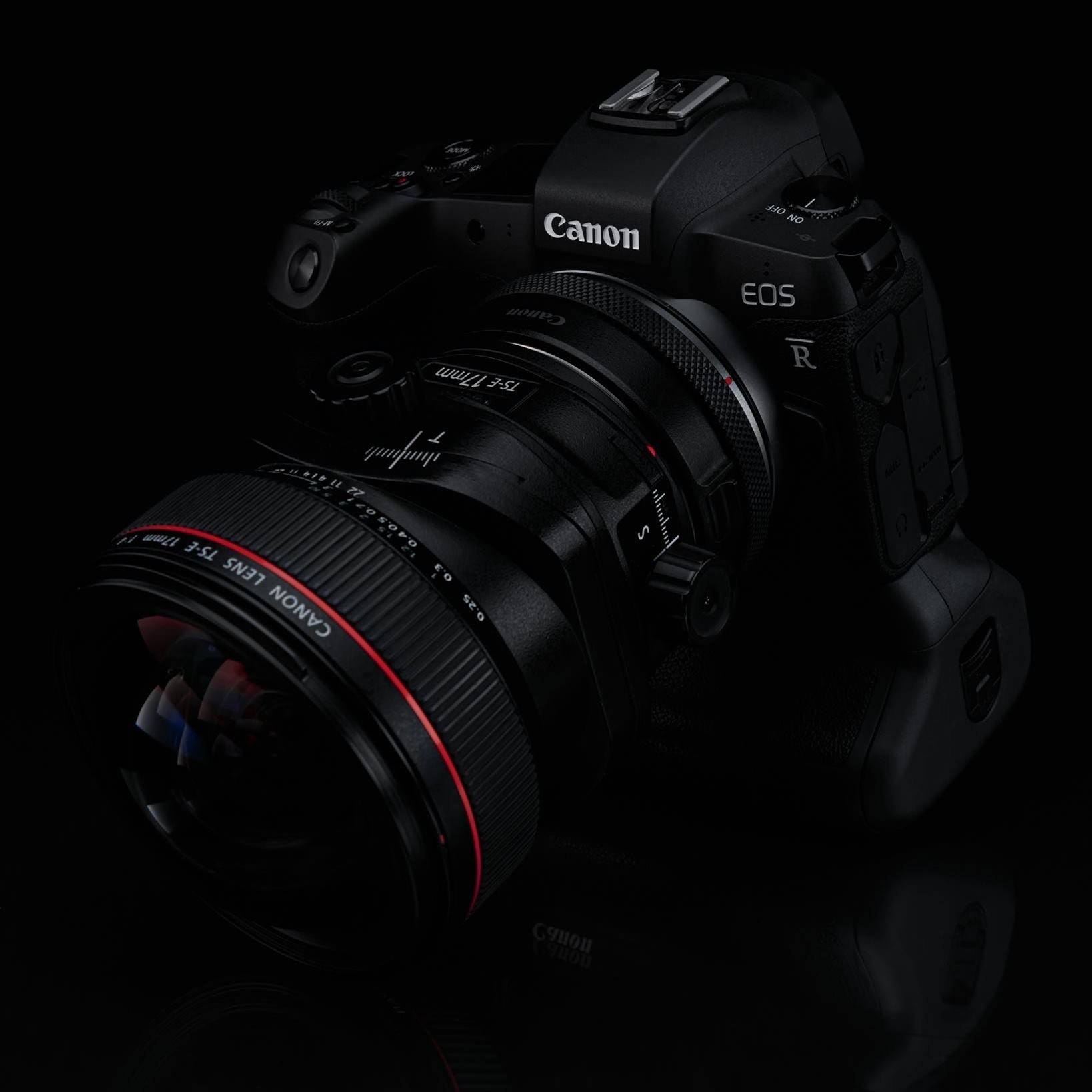Canon EOS R w/ Canon 17mm TSE [Photo by Ryan Black]
Firstly, I do not believe any one camera is better than another. Nor does one camera make any photographer better than another. They are only tools of the trade. Without further fuss, as a professional photographer specializing in interior and architectural photography, my equipment is integral to my success. Today, I'd like to share why I chose Canon cameras and their line of tilt-shift lenses to capture the depth and detail that characterize my work.
Canon Cameras: A Photographer's Ally
Canon cameras have long been lauded for their performance, reliability, and versatility, making them a favorite amongst many professionals. The image quality, rich in detail and color accuracy, is exceptional, providing a faithful representation of my subjects.
What sets Canon apart for me is its ergonomic design and user-friendly interface. This allows for a seamless shooting experience, enabling me to focus on composition and creativity rather than grappling with complex settings.
The Magic of Tilt-Shift Lenses
Regarding interior and architectural photography, one lens type stands head and shoulders above the rest: the tilt-shift lens. Canon's range of tilt-shift lenses is particularly impressive, offering unparalleled control over perspective and depth of field.
The 'tilt' function allows for selective focus, adding an artistic touch by emphasizing specific elements within a frame. Still, honestly, I rarely use tilt at all except when photographing products, as it allows me to adjust the focal plane to get more in focus front to the back of an object, meaning less focus stacking. Meanwhile, the 'shift' function allows me to set up a composition and shift to allow for more floor, ceiling, left or right of the frame, capturing the shot in full resolution and never having to crop the shot. Additionally, we can shift and capture multiple frames and stitch them together, resulting in even more resolution. Also, if not one of the most important features of Canon tilt-shift, vertical lines remain vertical instead of converging, creating images that accurately reflect the architecture's design.
By employing Canon's tilt-shift lenses, I can capture interiors and architecture more precisely and creatively. I can manipulate focus and perspective from the camera, reducing post-processing time and maintaining the integrity of the original scene.
Why Canon and Tilt-Shift Lenses are a Winning Combo
Combining Canon's cameras and tilt-shift lenses offers a dynamic interior and architectural photography toolset. Canon's commitment to quality ensures I work with reliable, high-performing gear, while the tilt-shift lenses empower me to deliver the level of work my clients expect.
My choice to use Canon cameras and their line of tilt-shift lenses stems from the control, versatility, and quality these tools offer. They are indispensable in helping me capture the essence of the spaces I photograph, adding depth to my work and elevating the visual narrative I aim to tell.

